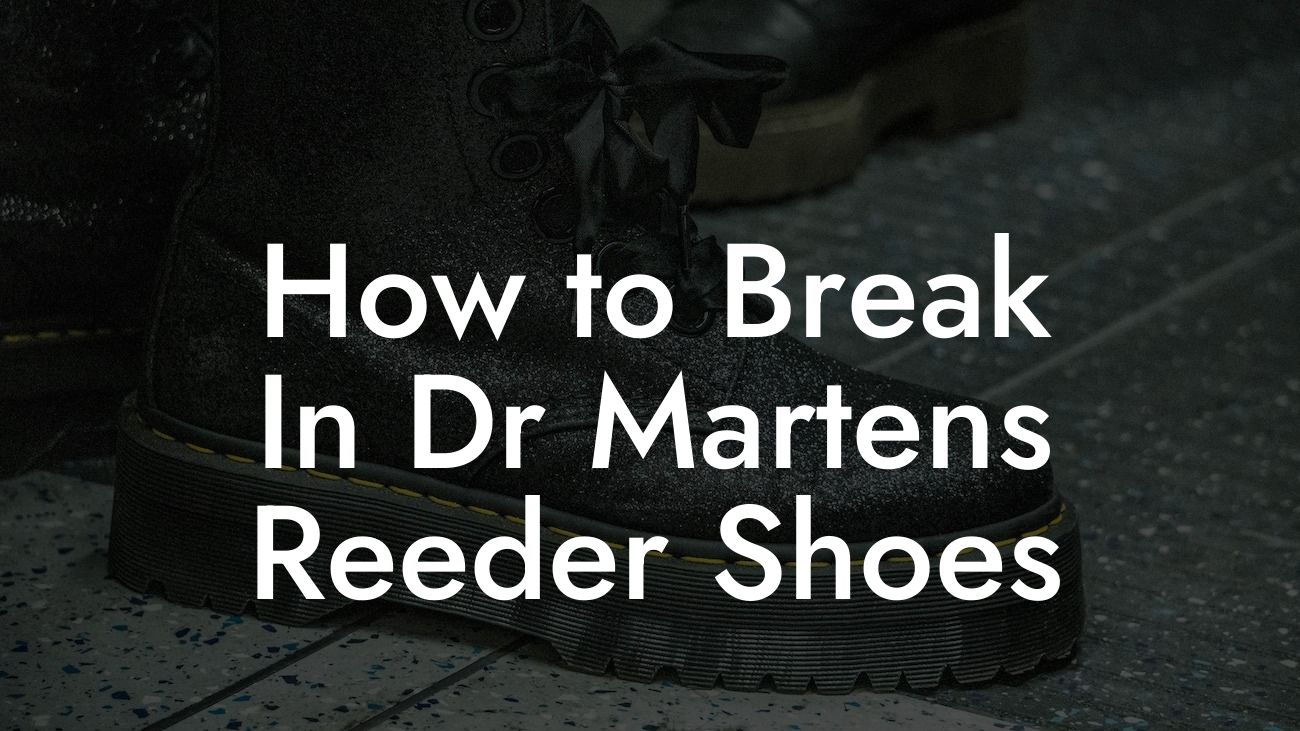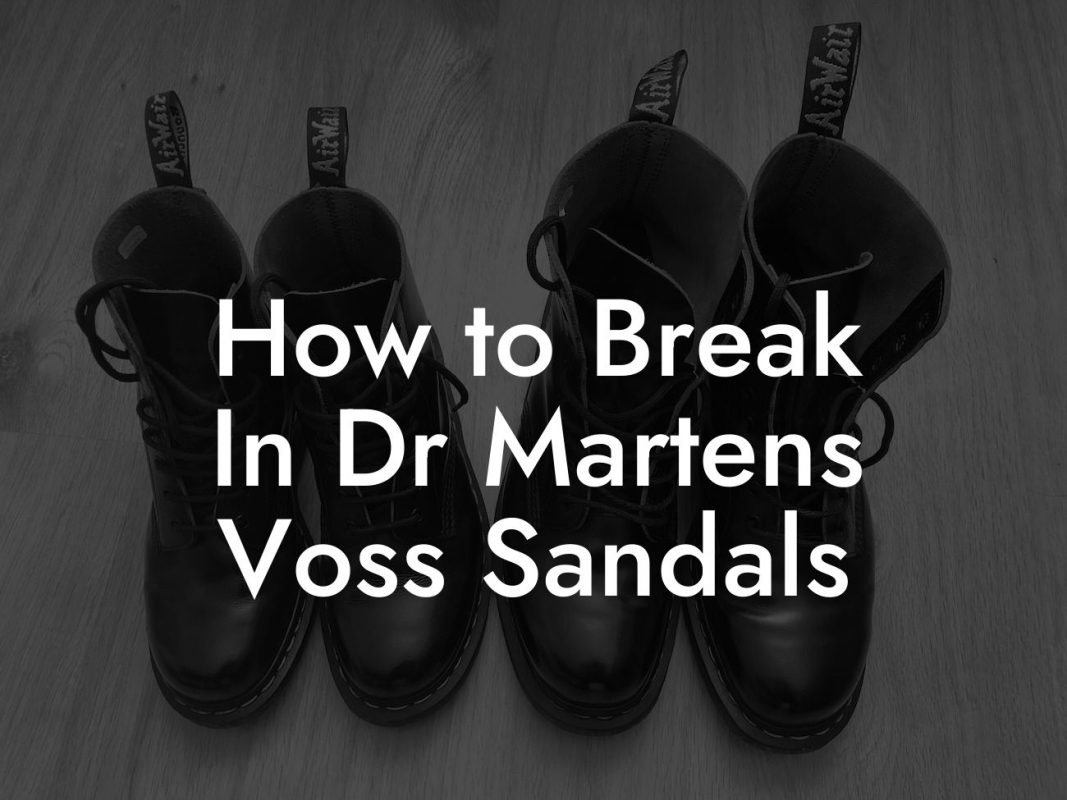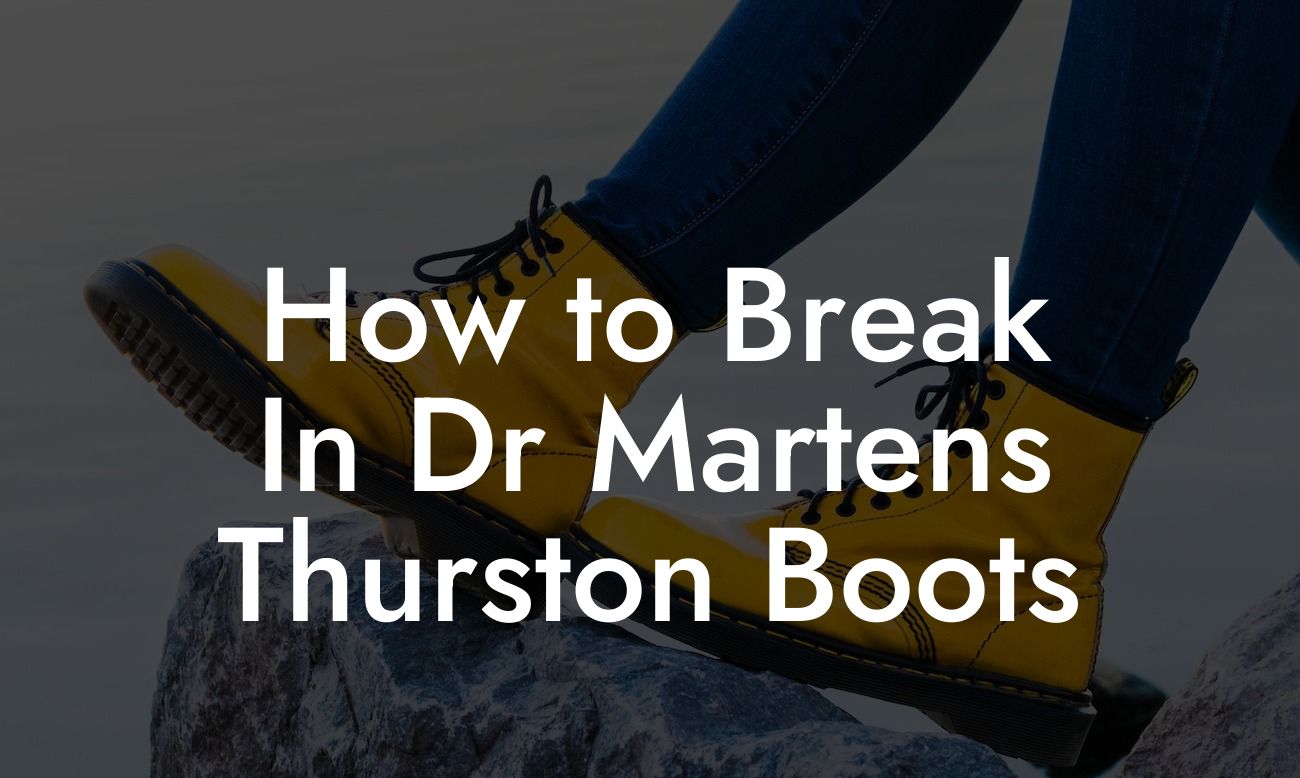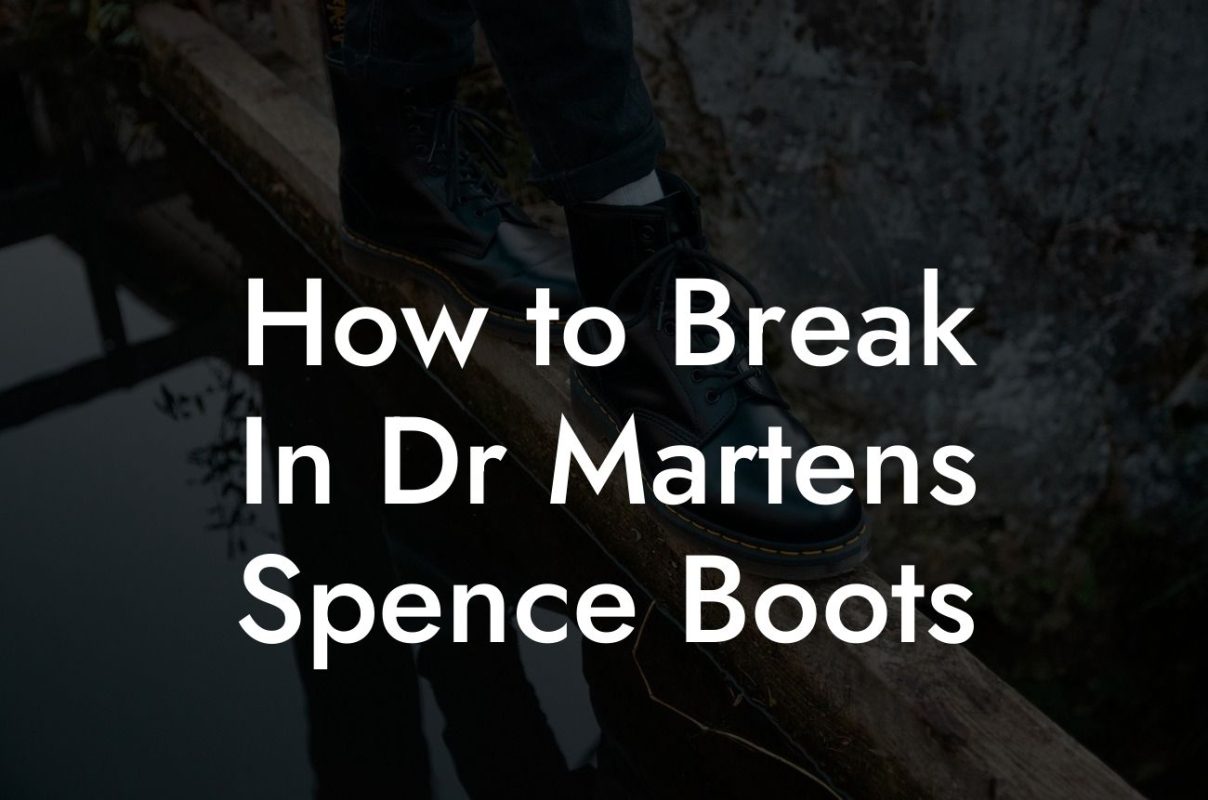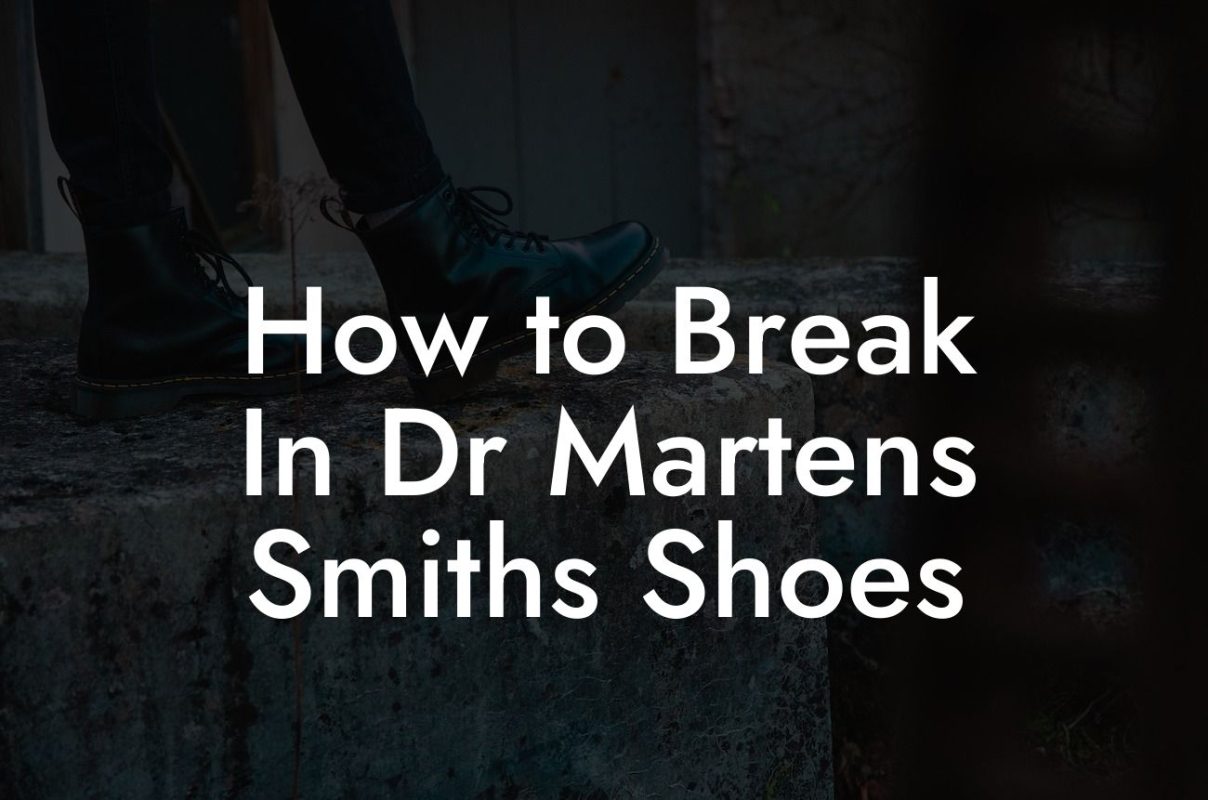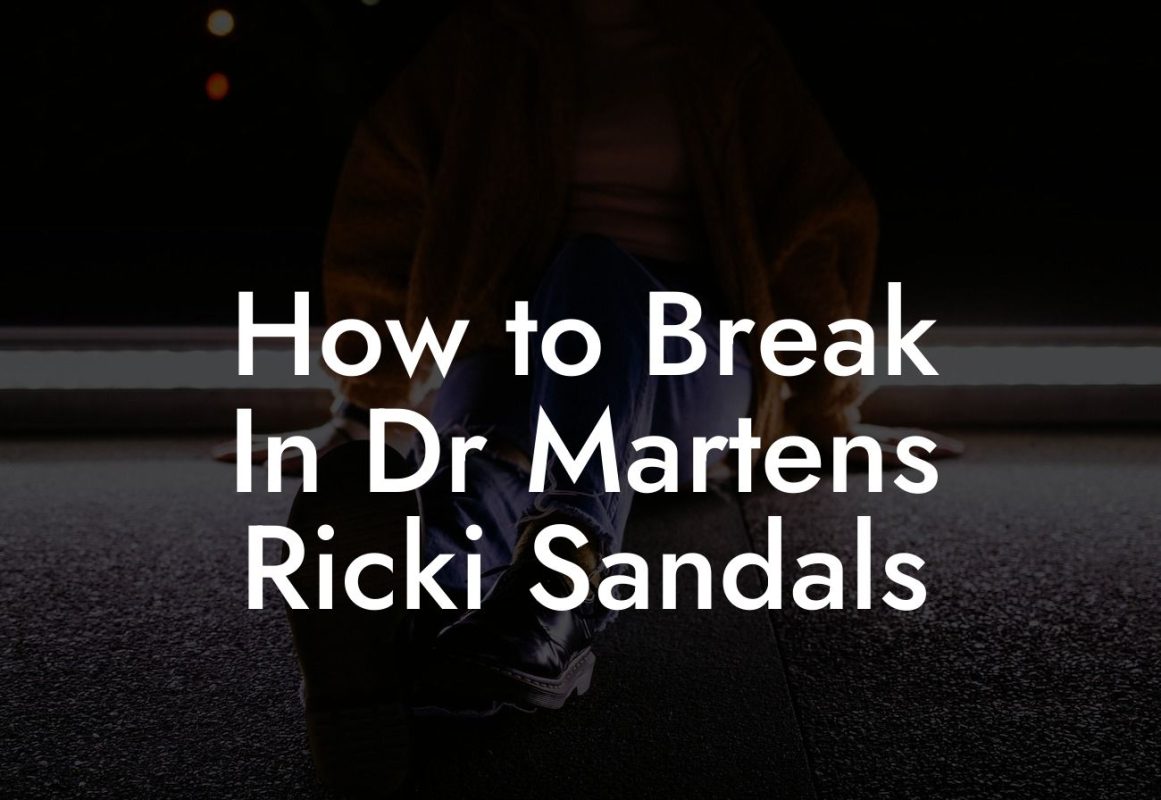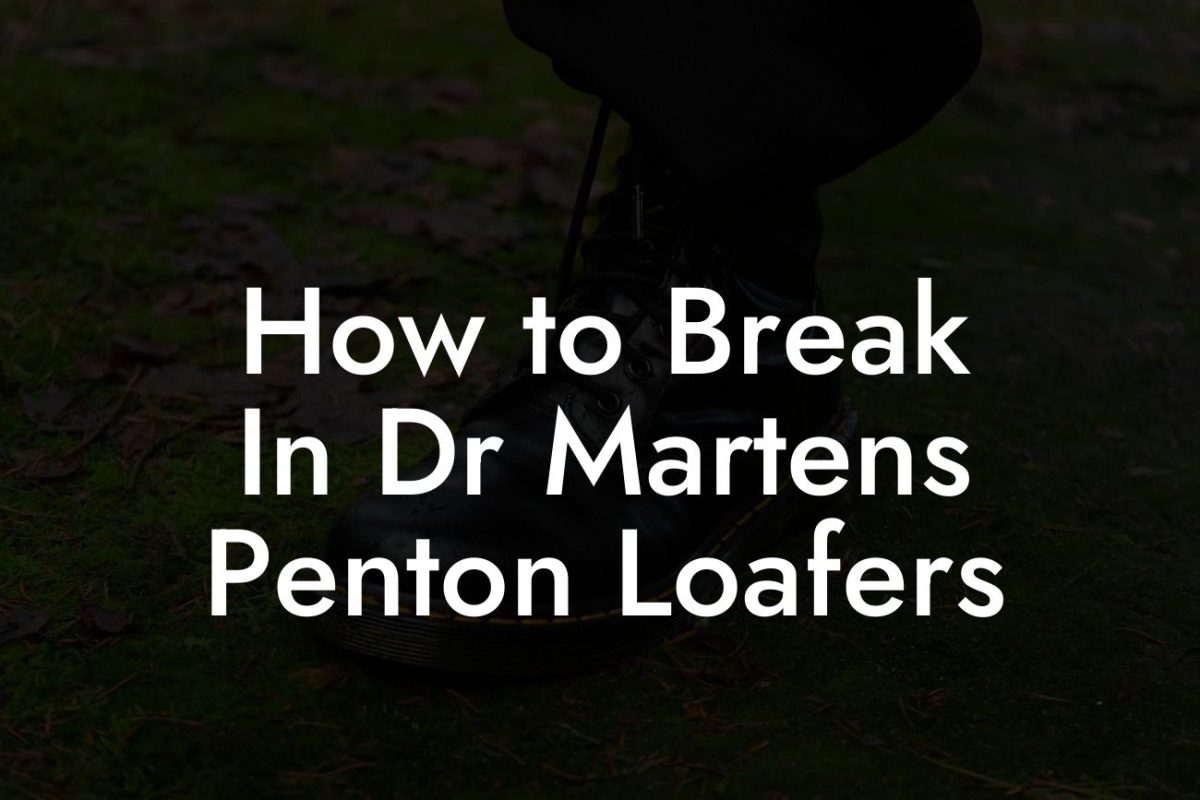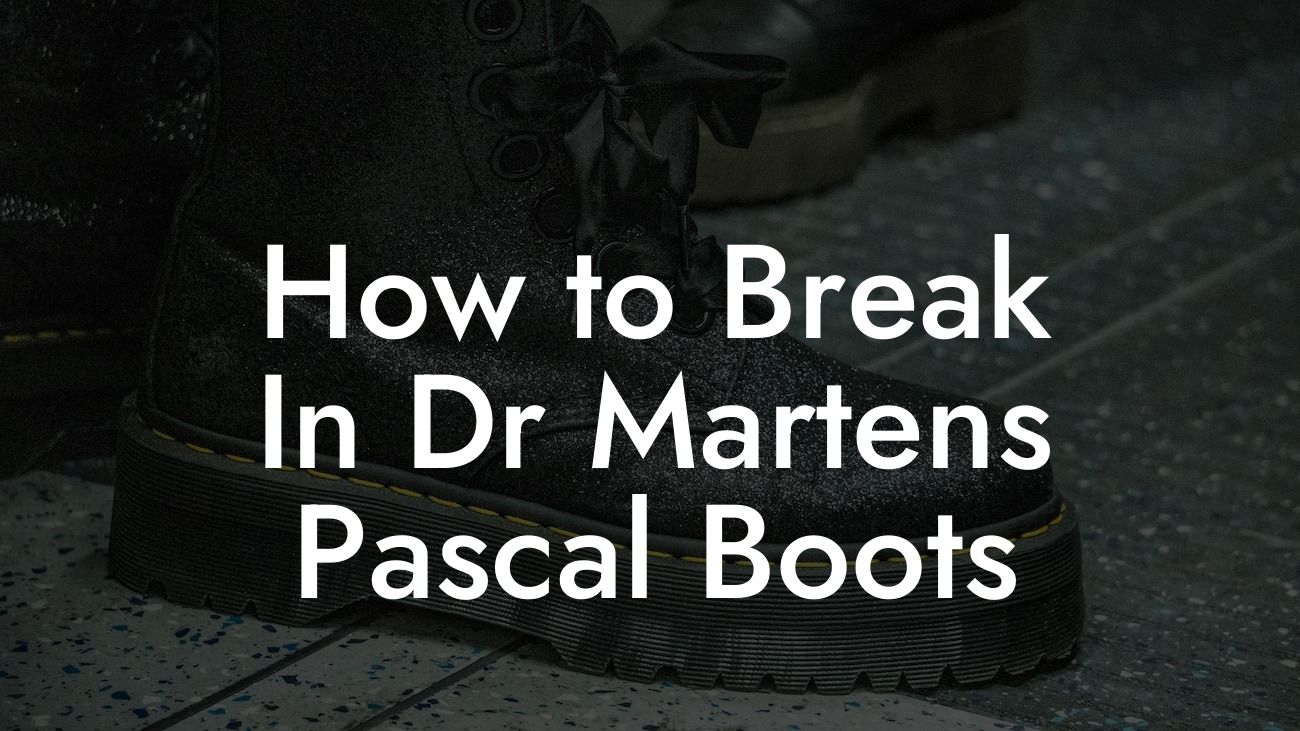If you've recently purchased a pair of Dr. Martens Reeder shoes, you know that breaking them in can be a bit of a challenge. These iconic shoes are known for their durability and timeless style, but they can be stiff and uncomfortable at first. Don't worry, though. In this article, we will provide you with all the information you need to break in your Dr. Martens Reeder shoes and make them your go-to footwear option.
Feet in ridiculous pain and you're slowly loosing the will to live? Try Break Me In Daddy, the easiest way to break in your new Doc Martens without making your feet look like grated cheese. Lactose, cute toes. Find out more →
Dr. Martens, a brand synonymous with style, durability, and timeless British fashion, has captured the hearts of many footwear enthusiasts. Among their range of iconic boots and shoes, the Reeder is a sought-after style that blends fashion with functionality. However, like other Dr. Martens footwear, the Reeder can require a break-in period to mold to the feet's unique shape and become comfortable. Here's a comprehensive guide on breaking in your Dr. Martens Reeder shoes to maximize comfort without compromising the shoes' lifespan.
1. Understanding the Importance of Breaking In
First and foremost, it's essential to understand why breaking in Dr. Martens, especially the Reeder style, is crucial. Fresh out of the box, the leather is stiff and hasn't had the chance to conform to your foot's unique shape. Wearing them without a proper break-in period might cause blisters and discomfort.
2. Start with Short Intervals
Upon purchasing your Reeders:
- Wear them indoors: Begin by wearing your shoes inside your house. This method protects the shoe's sole from dirt and external factors while you're still in the adjustment phase.
- Time: Start with 30-minute intervals for the first few days, gradually increasing the time you wear them each subsequent day.
3. Use Thick Socks
One of the tried and true methods of breaking in shoes is to wear them with thick socks. This technique accomplishes two things:
- Stretches the leather: Thick socks put additional pressure on the shoe's leather, stretching it slightly to accommodate your feet better.
- Protects your feet: Wearing thick socks will provide a cushioning barrier between your skin and any friction points in the shoe, reducing the chance of blisters.
4. Warm Up the Leather
Softening the leather can expedite the breaking in process. One method is to use a hairdryer:
- Wear your thick socks and slip into your Reeders.
- Warm the tight spots of the shoes with a hairdryer on medium heat, keeping it at least 6 inches away to prevent damaging the leather.
- As you warm the shoes, flex your feet and wiggle your toes to stretch the leather.
- Once done, walk around while the leather cools down. This will help mold the shoes to the shape of your feet.
5. Moisturize the Leather
A leather conditioner or cream will soften the material and make it more pliable:
- Apply a small amount of leather conditioner to the exterior of the shoes.
- Use a soft cloth to rub the conditioner in circular motions, focusing on the tight areas.
- Allow the shoes to rest overnight so the leather can absorb the moisture.
6. Use Shoe Stretchers
If you're still experiencing tight spots, consider investing in shoe stretchers:
- Insert the stretchers into the Reeders.
- Adjust them until they apply a gentle pressure on the shoe walls.
- Leave them in for 24 hours or as directed.
7. Practice Walking Techniques
Believe it or not, the way you walk can influence the break-in process:
- Roll your feet: Instead of flatly placing your foot down, roll from the heel to the toe. This rolling action will flex the sole and the upper part of the shoe.
- Toe movements: Every so often, wiggle your toes to keep the shoe's front end flexible.
8. Address Pain Points
If blisters do form, take care of them immediately:
- Bandages: Apply adhesive bandages to vulnerable areas as a protective barrier.
- Anti-blister sticks: These are wax-like substances that reduce friction between the shoe and your foot.
9. Patience is Key
Remember, quality leather footwear, like the Dr. Martens Reeder, is designed for durability, which inherently means the material is robust. Therefore, don't be discouraged if they don't feel comfortable immediately. With patience and the above techniques, your Reeders will become one of the most comfortable pairs in your wardrobe.
10. Regular Maintenance
Even after the break-in period, regular maintenance of your Reeders will ensure they remain comfortable and prolong their life. Clean and moisturize the leather periodically, and keep them in a cool, dry place.
Dr. Martens Reeder shoes are a fantastic blend of fashion and durability. With the proper break-in process, they can also be incredibly comfortable. By following the methods highlighted above, you can ensure a smooth transition from a stiff new shoe to a perfectly molded companion for your feet. Remember to always prioritize the health and comfort of your feet, and never force the process too quickly. Your patience will pay off with a pair of shoes that feel custom-made just for you.

